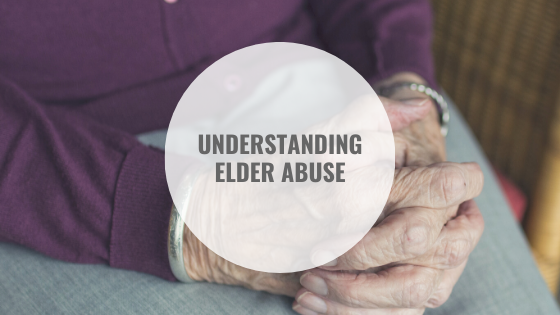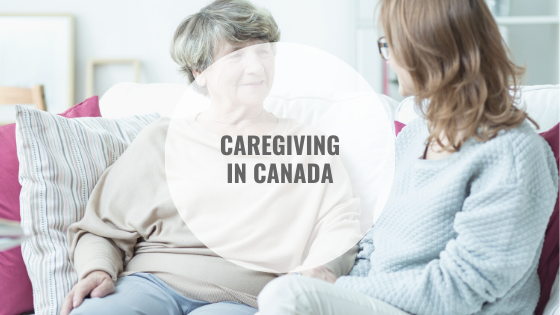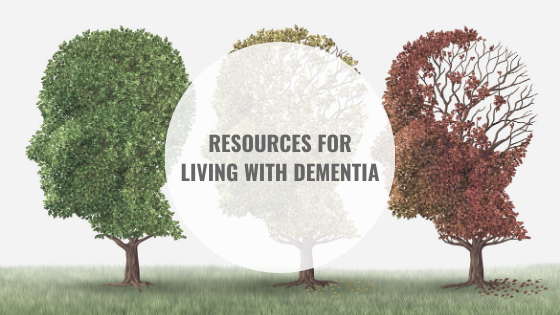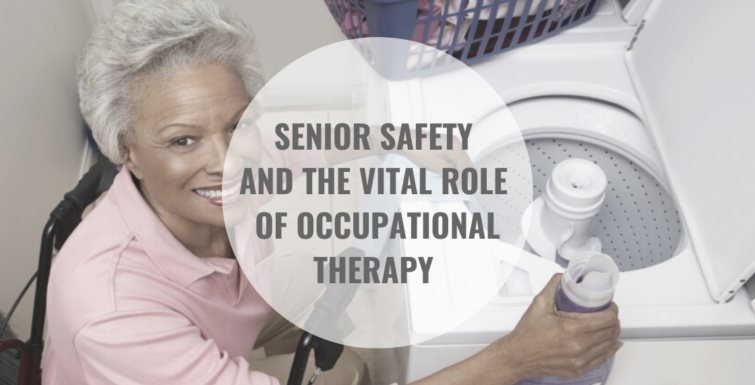Julie Entwistle, MBA, BHSc (OT), BSc (Health / Gerontology)
Co-written by Darren Schutten, MSc (OT)
Today, June 15th is World Elder Abuse Awareness Day. Elder abuse has been a growing concern worldwide. In fact, it is estimated that 16% of older adults have been abused in the community setting in the past year. This number jumps to a staggering 64% within institutional settings. However, it is felt that these figures are unrepresentative of the true problem, as only 4% of elder abuse gets reported due to fear of retaliation, worry about getting the abuser in trouble, mental incapability, or feelings of shame and embarrassment.
The World Health Organization defines elder abuse as “a single, or repeated act, or lack of appropriate action, occurring within any relationship where there is an expectation of trust which causes harm or distress to an older person.” This type of abuse typically occurs when there is an imbalance of control between the abuser and the elderly individual. The concept of elder abuse has evolved over time to include: physical, psychological, sexual, neglect, and financial abuse.
I’m sure most of us have seen examples of this happening. When I worked at the bank, we had a senior who was repeatedly withdrawing money for a roofer. We contacted her family with concern, and they determined that the client was in fact being taken advantage of. Or, in another example, I am aware of an elderly woman who went to buy a coffee and discovered that she no longer had money in her bank account. Her daughter was managing her finances and through review, it was discovered that these had been squandered through gambling and the purchase of things such as a “money-making machine” off the internet (true story!). Or, of course, there are the stories whereby a senior is scammed on the phone, or the news shares examples and videos of elder mistreatment by staff in long term care. Or, what about those seniors you may know or worked closely with who refused to take their prescribed medications, refuse help, and try to take care of themselves? This behaviour is considered self-neglect and actually falls under the umbrella of elder abuse.
As occupational therapists (OTs), we work closely with seniors both at home and in the community. We assist people with self-management of things like personal care, finances, homemaking, and of course symptom management and the overall ability to function. Through our work, we may see or hear about all types of elder abuse. For example, we may notice unexplained injuries such as bruises, bumps, or grip marks on a senior client’s arm indicating potential physical abuse. Or, maybe we may notice a sudden change in the senior’s psyche such as increased fearfulness or nervousness during an OT treatment session that was not present during prior sessions. This may be a sign of recent psychological abuse. Or, it is quite possible that an OT who works in an institutional setting may be told by residents that they are feeling neglected in their care. These are just a few examples of how an OT may encounter elder abuse in their practice, but regardless it is important for all OTs to learn about the different signs of elder abuse as they may be a key stakeholder in preventing the abuse from continuing. And whatever type of elder abuse we may be exposed to as OTs, it is important to know our reporting obligations.
In Ontario, anyone who knows or has reasonable grounds to suspect that a senior resident in a long term care home or retirement home has been, or might be abused, it is mandatory for that person to report the abuse. The same obligation to report applies for seniors with developmental disabilities. Reports can be made by calling the police or relevant support agencies. Support agencies can be located by calling a local helpline (e.g. Seniors Safety Line). However, OTs are not required to report abuse if the senior lives in their own home or in any setting other than what was mentioned above. Seniors have the right to live at risk and refuse help with the abusive situation they are involved in, and as OTs, as long as the client is competent to make their own personal care or financial decisions, those rights need to be respected. As OTs who may be put in these types of situations, we can still help by staying in contact with the senior on a regular basis. Overall, whatever practice setting we work in or the company we work for, it is important as OTs that we know the relevant legislation, policies, and codes of ethics that we are bound to in order to practice as competent OTs.
References
- World Health Organization. (2016). Elder abuse: The health sector role in prevention and response. Retrieved from https://www.who.int/violence_injury_prevention/violence/elder_abuse/Elder_abuse_infographic_EN.pdf?ua=1
- Elder Abuse Ontario. (2018). Elder abuse prevention (ON). Retrieved from https://www.elderabuseontario.com/
- Ontario Human Rights Commission. (n.d.). Elder abuse & neglect. Retrieved from http://www.ohrc.on.ca/en/time-action-advancing-human-rights-older-ontarians/elder-abuse-neglect
- Canadian Association of Occupational Therapists. (2012). CAOT position statement: Elder abuse prevention and management and occupational therapy (2012). Ottawa, ON: CAOT Publications ACE.










